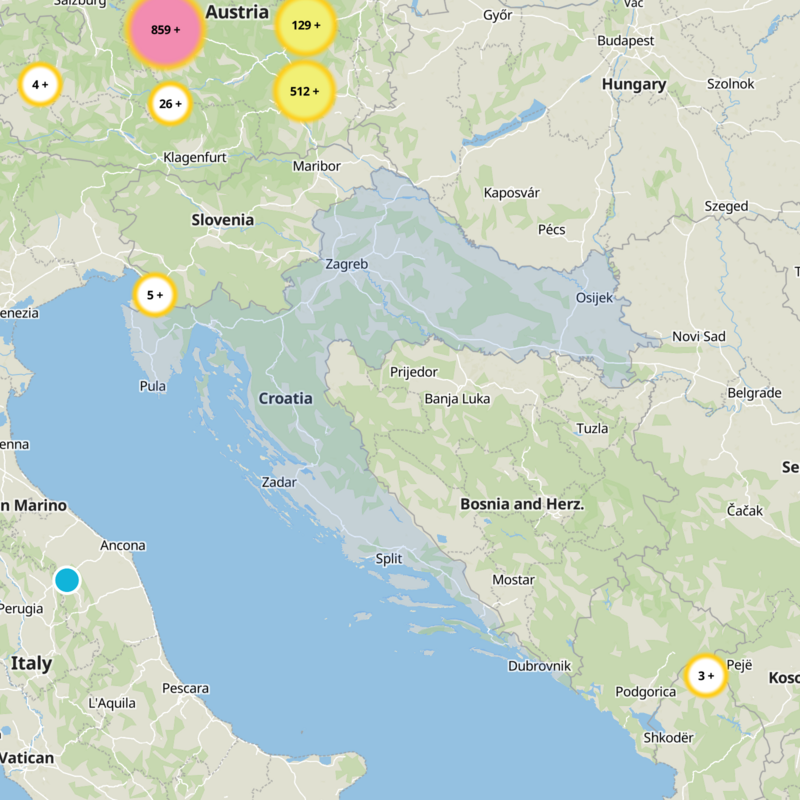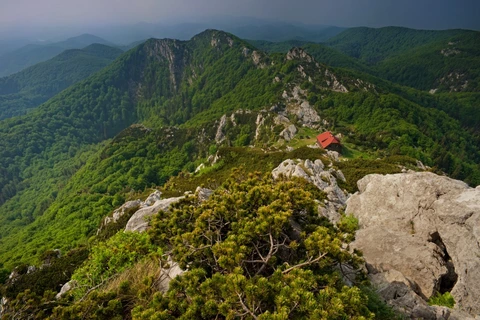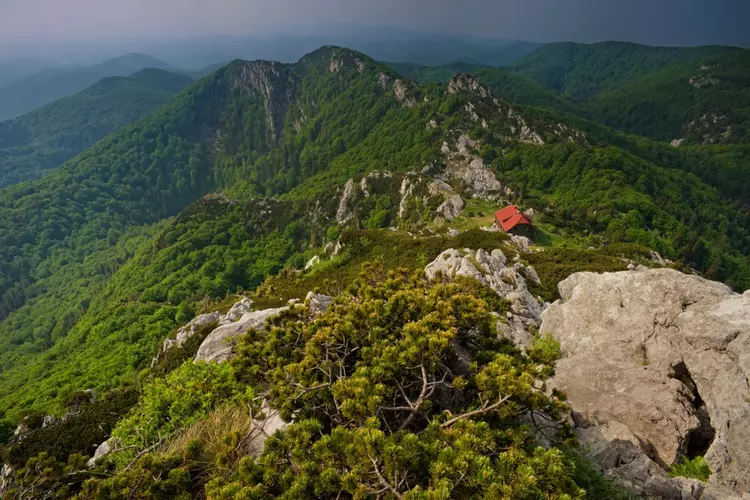"Croatia's trails offer breathtaking landscapes, from alpine peaks to coastal cliffs, promising unforgettable adventures."
Croatia, a hiker's paradise, offers a tapestry of trails weaving through its stunning landscapes. From the rugged peaks of the Dinaric Alps to the serene paths of Plitvice Lakes National Park, each step reveals breathtaking vistas and diverse ecosystems. Discover ancient forests, cascading waterfalls, and coastal cliffs with panoramic Adriatic views. Whether you're exploring the mystical Velebit Mountains or the charming Istrian Peninsula, Croatia's trails promise adventure, tranquility, and unforgettable memories.
Most popular hikes
FAQs about hiking in Croatia

Summer (June to August) in coastal regions can be hot, but highland areas are cooler and ideal for hiking. However, afternoons can often bring rainstorms, so morning hikes are advised.
Autumn (September to November) brings comfortable temperatures and vibrant fall colors, while winter (December to February) introduces snowy conditions in highlands, with milder weather along the coast. For up-to-date weather forecasts, check the Croatian Meteorological and Hydrological Service here.








